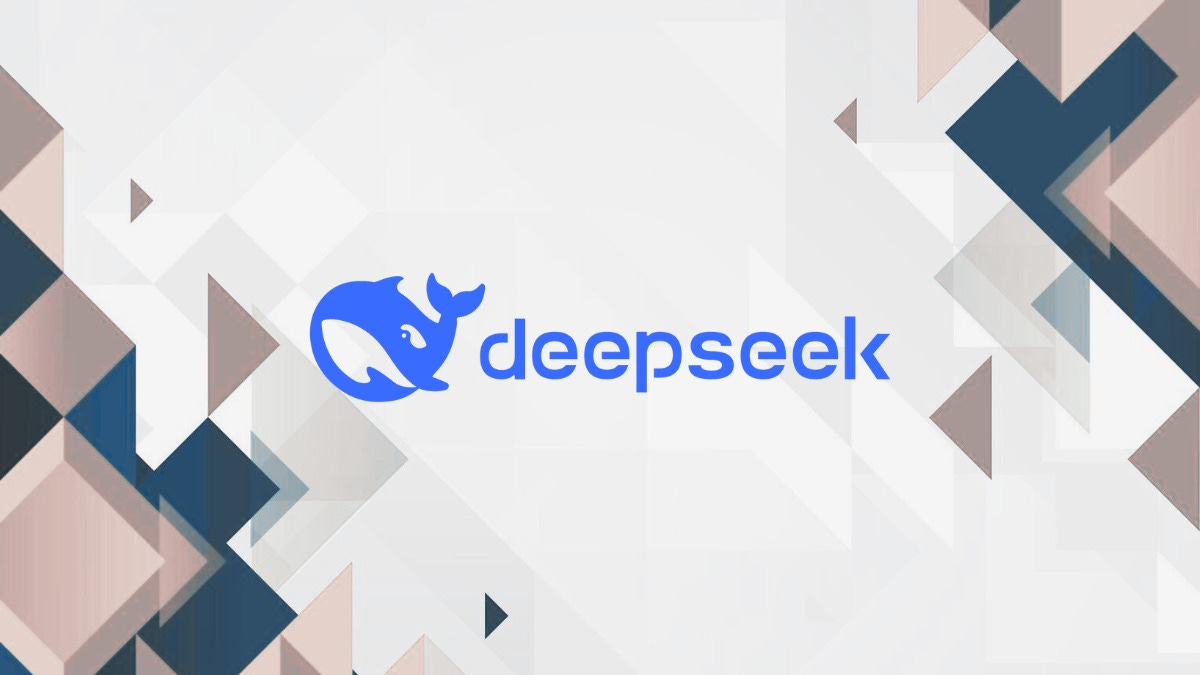DeepSeek-R1: A Formidable Competitor to ChatGPT
DeepSeek, a Chinese AI startup, has made waves with its new DeepSeek-R1 model, which stands out as a strong challenger to ChatGPT. The model's capabilities have caught attention in the AI industry, showing that competition in this space is heating up beyond the usual big players.
DeepSeek-R1: A Leap in AI Reasoning
On January 20, 2025, DeepSeek unveiled its flagship AI model, DeepSeek-R1. This model boasts 671 billion parameters and employs a Mixture-of-Experts (MoE) architecture, activating 37 billion parameters per token. Such a structure allows the model to handle complex tasks efficiently, optimizing computational resources. Notably, DeepSeek-R1 was trained on 14.8 trillion tokens over approximately 55 days, with a training cost of $5.58 million—a fraction of the expenditure incurred by its Western counterparts.
Performance Benchmarks
DeepSeek-R1 has demonstrated impressive performance across various benchmarks. It excels in reasoning, mathematics, and coding tasks, rivaling the capabilities of OpenAI's o1 model. For instance, in the Aider benchmark, which assesses coding proficiency, DeepSeek-R1 achieved a 48% success rate, a significant improvement over its predecessor's 17%. Such results underscore DeepSeek's commitment to advancing AI capabilities.
Open-Source Commitment
A distinguishing feature of DeepSeek-R1 is its open-source nature. Released under the MIT license, it allows unrestricted use and commercialization. This transparency fosters collaboration within the AI community and challenges the profit-driven models of some Western companies. By making its advanced models accessible, DeepSeek is democratizing AI technology, enabling broader adoption and innovation.
Comparative Edge Over ChatGPT
While ChatGPT has been a benchmark in conversational AI, DeepSeek-R1 offers several advantages:
Efficiency: The MoE architecture ensures that only relevant parameters are activated per task, leading to faster and more efficient processing.
Cost-Effectiveness: The lower training costs without compromising performance make DeepSeek-R1 an attractive option for various applications.
Open-Source Flexibility: The open-source nature allows developers to customize and integrate the model into diverse projects without licensing constraints.
Challenges and Considerations
Despite its advancements, DeepSeek-R1 has faced scrutiny regarding potential censorship, given its Chinese origins. Some users have reported instances where the model avoids topics sensitive to the Chinese government. While this raises concerns about content neutrality, it's essential to consider the broader context of AI development and deployment across different geopolitical landscapes.
Conclusion
DeepSeek's latest release signifies a pivotal moment in AI development, showcasing that innovation is not confined to a single region. By delivering a model that competes with, and in some aspects surpasses, established players like ChatGPT, DeepSeek is contributing to a more diverse and competitive AI ecosystem. As AI continues to evolve, such developments promise to drive further advancements, benefiting users worldwide.





